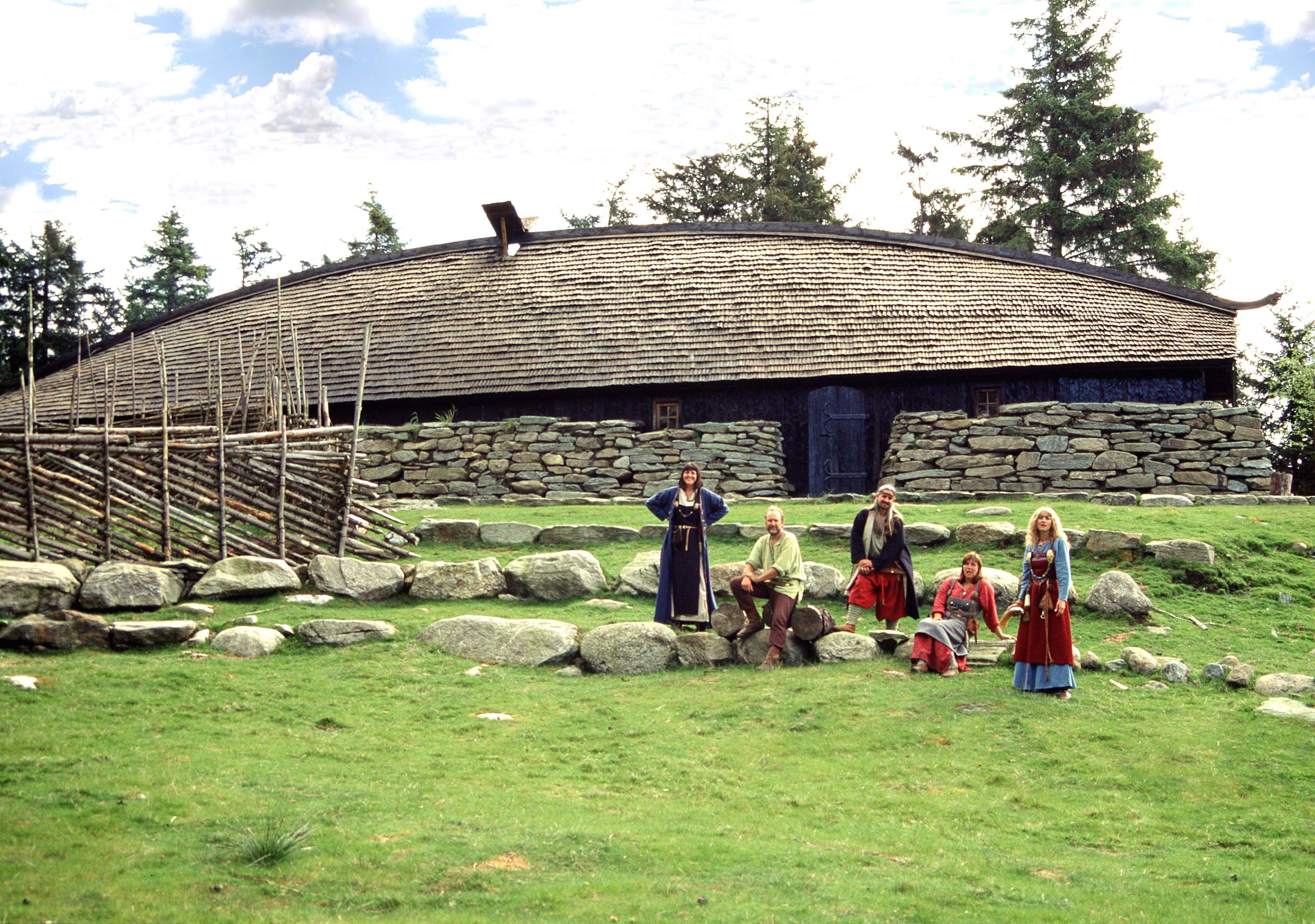The social structure during the Viking age had three major divisions, a classification that is claimed to come from Asgard itself. The three classes, from bottom to top, were the slaves, called Thralls; the farmers or peasants, named Karls; and the aristocracy, named Jarls, from where in a much later period came the kings and queens.

Norway King Harald Hardrada
Thralls were slaves, the absolute lowest position that someone could have within Viking society. These individuals had absolutely no rights under the law and were considered as some sort of “living furniture”, or even currency in some commercial transactions. The people who belonged to this class could have gained their status in a variety of ways. The most common one was to simply be born as the child of a slave, which automatically put them in this class. There was also the possibility of someone becoming a slave due to being captured in war or losing enough wealth that they could essentially no longer fend for themselves. (read more about Thralls here)
Karls sat just above the thrall but shared many similarities in their lifestyles. The main distinction between the two societal classes was that the Karl were considered free and had the full protection of the law.
This allowed them to own land and become Viking warriors. In fact, the vast majority of warriors were from the Karl class and worked as farmers when they were not on raids.
Jarls or Earls were often quite wealthy individuals and did not need to perform any hard labor throughout their life. They did tend to participate in battles and raids, but often did so as chieftains and warlords rather than standard warriors.
Even once the fourth class - the kings and queens - emerged later in the Viking Age, Jarls still remained very well-respected and wealthy. The only difference was that there were now not the most powerful group in Viking society and were frequently tasked with personally overseeing large sections of land for the King’s use.

According to the Rigspula, a poem collected by Saemund Sigfusson at the end of the XI century, this class structure was created by the God Heimdall himself. According to the tale, Heimdall created the social classes at the beginning of time, when the earth was lightly populated, by visiting three houses and siring the three classes.
The first house Heimdall visits is owned by Ai (Great Grandfather) and Edda (Great Grandmother). They live in a hut and feed the God husk-filled bread and broth. After his visit, the child Thrall is born. The children and grandchildren of Thrall are described as having black hair and an unsightly countenance, thick ankles, coarse fingers, and of being a low and deformed stature.
Next, Heimdall visits Afi (Grandfather) and Amma (Grandmother), who live in a well-built house where the Afi is making a loom and his wife is spinning. They feed him stewed calf and good food. The child born from this visit and their child is called Karl (freeman). Karl's offspring have red hair and florid complexions.
Finally, Heimdall visits Fadir (Father) and Modir (Mother). They lived in a magnificent Longhouse, where the God is served roast pork and game birds in silver dishes. The child born from this visit is called Jarl (Noble). Jarls’s children and grandchildren have blond hair, bright cheeks, and eyes "as fierce as a young serpent."

Heimdall blows his horn Gjallarhorn
Class mobility was theoretically possible across the three strata, specially between Thrall and Karl, but it was rare. The Thralls could, theoretically, own some property and eventually buy themselves out of servitude, but the accumulation of wealth for a slave in the X century is in itself a daunting prospect. Also, since one could become a thrall by bankruptcy, it is also possible for his freedom to be bought by some distant relative or interested party.
Raiding was also a great cause of social mobility. A lucky Viking could potentially earn enough treasure to provide a life of comfort for his entire family, opening his way to become a Jarl in his own right.

Sources
Lund, Niels. "Scandinavia, c. 700–1066." The New Cambridge Medieval History c.700–c.900. Ed.
Radzin, Hilda. "Names in the Mythological Lay 'Rigspula.'" Literary Onomastics Studies, vol. 9 no.14, 1982.
Thurston, Tina L. "Social Classes in the Viking Age: Contentious Relations." C. Ed. Thurston, Tina L. Fundamental Issues in Archaeology. London: Springer, 2001, pp. 113–30.












